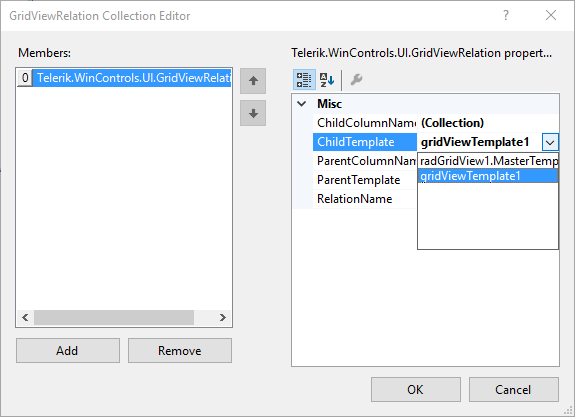Hierarchical Data Grid View
Hi Can anyone help me? I want to be able to show my sqldatareader contents in a gridview whereby the child data is concatenated up in a single row. Symantec ghost cast server 11 5. Is this possible? For example Author Name Book Titles Author1 Book1, Book2, Book3 Author2 Book 4, Book7 I can get it so that it binds, but displays a separate row of each Book name.
Which is rubbish. I believe, as a alternative to my desired result, I can create like a little nested gridview instead of the Boot Titles column, which when click displays a list of titles. Is this possible? Or did I just dream it?
Any ideas how to show this child data? Thanks for any help regarding this?
It allows us to display related data in a hierarchical form (a tree!), but I needed it to be sortable and support data binding. The HierarchicalGrid does that, the quick and dirty way. It displays the table relations in a hierarchical form and sorts it through the levels too. Selecting the Hierarchical-Data-Grid view creates a single scrolling grid structure that contains a single parent grid containing rows from a parent data source. This parent grid then embeds a child grid below each parent row that has related records in the child data source.
Cheers, Mike.
Visualize hierarchical data with model-driven apps • • 4 minutes to read • Contributors • • In this article When an entity is configured to have a hierarchical self-referential relationship you can configure visualizations using that hierarchy. More information: The entities that have visualizations available by default include,,.
In the grid view of these entities, you can see the icon depicting the hierarchy chart, to the left of the record name. The hierarchy icon isn’t present for all records by default. The icon is shown for the records that have are related using the hierarchical relationship. Sp flash tool. A few other entities can be enabled for a hierarchy.
These entities include. All custom entities can be enabled for a hierarchy. Important things to remember when you create visualizations: • Only one (1:N) self-referential relationship per entity can be set as hierarchical. In a self-referential relationship the primary entity and the related entity must be of the same type.
• A hierarchy or visualization is based on one entity only. You can depict the account hierarchy showing accounts at multiple levels, but you can’t show accounts and contacts in the same hierarchy visualization. • The maximum number of fields that can be displayed in a tile is four. If you add more fields to the Quick Form that is used for the tile view, only the first four fields will be displayed. Hierarchy settings To enable visualizations for a hierarchy you must connect the hierarchy to a quick view form.

This can only be done using solution explorer. Navigate to an unmanaged solution • From the PowerApps portal select the Settings button and choose Advanced customizations. • Within the Advanced customizations panel, choose one of the following options: • To work in your Common Data Service default solution, select Open solution explorer below Customize. • To select or create a different unmanaged solution to work in, select All solutions under Solutions. Then select the unmanaged solution you want to work in. The hierarchy settings are associated to an entity in the solution explorer.